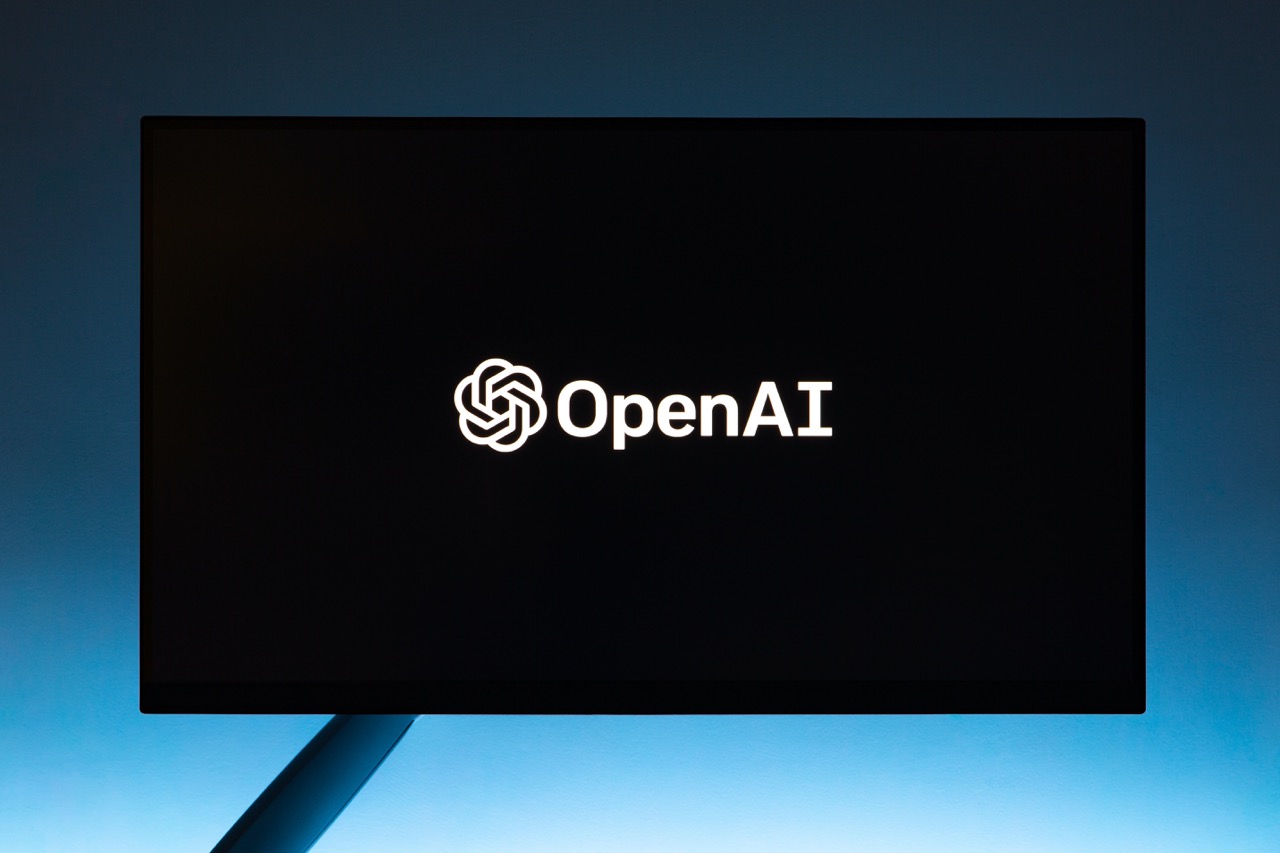As artificial intelligence continues to advance, we are witnessing remarkable improvements in natural language processing. OpenAI has been at the forefront of this progress, with the development of the ChatGPT series. This article aims to compare and contrast two versions of this AI model: ChatGPT 3.5 and the more recent ChatGPT 4. We will examine their key differences in terms of architecture, performance, and applications.
Architecture
- ChatGPT 3.5, based on the GPT-3 model, utilizes the Transformer architecture with 175 billion parameters. This architecture allows the model to capture long-range dependencies and understand the context of sentences more effectively. It consists of a series of layers, each with self-attention mechanisms and position-wise feed-forward networks, enabling efficient parallel training.

- ChatGPT 4, the successor to ChatGPT 3.5, boasts an even larger number of parameters, further expanding its capacity to process and comprehend complex language patterns. While the exact number of parameters is undisclosed, it is substantially higher than its predecessor. This increased capacity allows for better generalization and understanding of context, resulting in more accurate and relevant responses.
Performance
- ChatGPT 3.5 demonstrated impressive performance in terms of language understanding and generation. It was capable of providing useful responses across a wide array of topics, including general knowledge, problem-solving, and creative tasks. However, it sometimes produced plausible-sounding yet incorrect or nonsensical answers, and its performance could be sensitive to the input phrasing.

- ChatGPT 4 Building on the foundation laid by ChatGPT 3.5, ChatGPT 4 exhibits improvements in overall performance. It addresses some of the limitations of its predecessor by providing more accurate and contextually appropriate answers. This enhanced performance is due to the increased number of parameters and fine-tuning techniques applied during training, allowing for a more nuanced understanding of language and a wider range of applications.
Applications
ChatGPT 3.5 was deployed in various applications, such as virtual assistants, content generation, customer service, translation, and tutoring. Its versatility made it a valuable tool across numerous industries, but some limitations remained in terms of consistency, accuracy, and potential biases.
ChatGPT 4 expands on the application range of its predecessor. Thanks to its improved performance, it can be applied to even more sophisticated tasks, such as advanced conversational AI, legal document analysis, and scientific research summarization. The improvements in the model’s architecture and training process have also reduced the occurrence of biases and inaccuracies, making it more reliable across different use cases.
Conclusion
Both ChatGPT 3.5 and ChatGPT 4 demonstrate the incredible potential of artificial intelligence in the realm of natural language processing. While ChatGPT 3.5 made significant strides in language understanding, ChatGPT 4 has raised the bar by introducing an even larger model, improved performance, and expanded application possibilities.
As AI continues to advance, it is essential for developers and users alike to be aware of the capabilities and limitations of these powerful tools. With each new iteration, the potential for AI to transform industries and improve our daily lives grows ever more promising.
